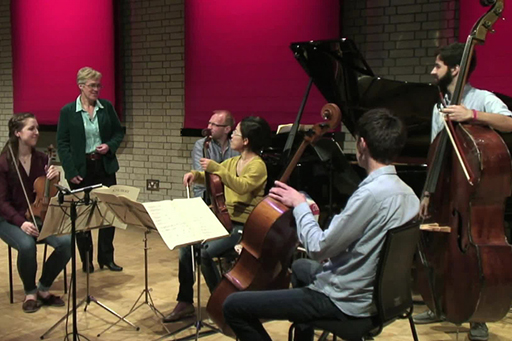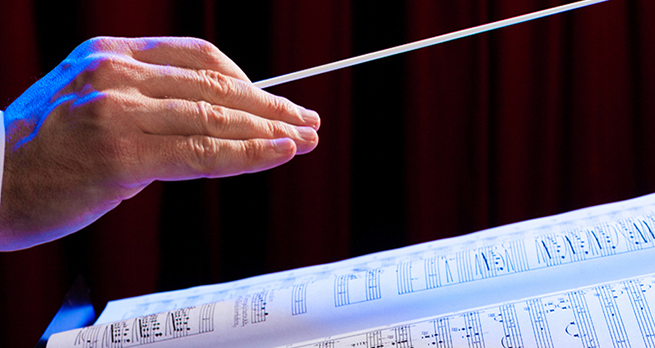3.4 Week 3 summary

By now, you may have realised that music in different styles looks different on the page. It really is useful to have an overview of what to expect in any style of music as you look at and follow a score, especially when these involve more players, as with an orchestra.
Orchestral music from the classical period of the mid- to late eighteenth century, such as symphonies by Mozart, Haydn and Beethoven, all have really clear melodies, and the orchestral instruments tend to work together in blocks – all the strings working as a group, the wind (and horns) working together, and so on. Scores help us to understand how composers approach writing for different instruments and what musicians do when they prepare performances.
By the nineteenth century, the orchestras were much bigger and there are more often interesting parts for solo wind and brass instruments, and you may also find more percussion and instruments such as the harp. Orchestral music of the twentieth century really uses the whole range of instruments and, with the influence of jazz, composers found new ways of introducing jazzy sounds, for example, using percussion or blocks of brass or wind instruments. If you listen to music for film, you may even hear electronic sounds alongside live sounds.
Next week, you will be looking at some scores for music for a large orchestra by Tchaikovsky, Mahler and Beethoven. Conductor Mark Heron will be explaining the role of the conductor and how he works with scores.
